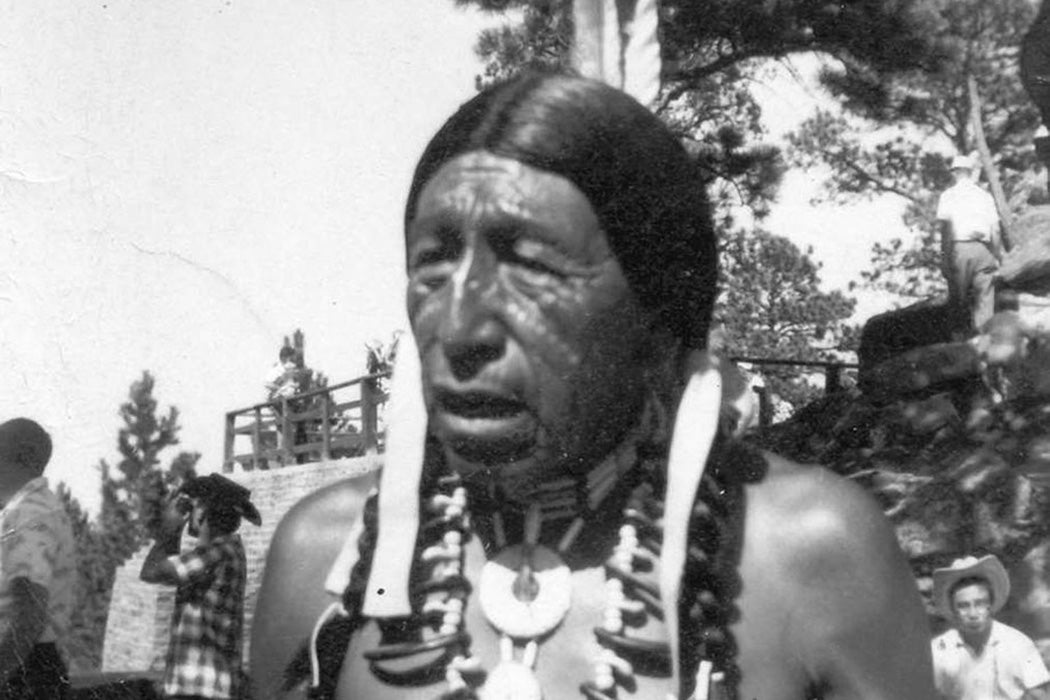On December 29, 1890, US troops descended on the Oglala Lakota Pine Ridge Reservation in South Dakota—where the religious movement known as the Ghost Dance had taken root—and killed more than 200 men, women, and children. Starting immediately, and for more than a century since, the white public interpreted what became known as the Wounded Knee Massacre as a symbol of the closing of the American frontier and the “end” of Native people in the United States.
Lisa Tatonetti takes a close look at two books that white audiences have adopted at different times as part of that story: Santee Dakota author Charles Eastman’s From the Deep Woods to Civilization, and Black Elk Speaks, an as-told-to narrative written by John G. Neihardt based on the words of Nicholas Black Elk, an Oglala Lakota holy man. Tatonetti argues that both books rose to prominence among white audiences at least partly because their accounts of Wounded Knee fit into the widespread narrative of the “vanishing Indian.”
Eastman’s book, published in 1916, described his conversion to Christianity and “civilization.” In a commonly excerpted passage, he describes his search for survivors of the massacre as a “severe ordeal” but adds that he “passed no hasty judgement” on the perpetrators. Tatonetti explains why it became a hit among white audiences: “Here was a Native writer whose sentiments appeared to legitimate not only their own lives but also the entire doctrine of manifest destiny.”
She goes on to argue that contemporary white audiences may have read Eastman’s words as fitting a story in which Native people were responsible for their own “disappearance.” In this narrative, the emotional religious ritual of the Ghost Dance threatened white society, legitimizing the massacre.
But, reading other parts of Eastman’s book, it’s clear that he supported the rights of the Ghost Dancers, noting that the religion “in itself was scarcely a source of danger, and one might almost as well call upon the army to suppress Billy Sunday and his hysterical followers.”
While Eastman’s book was immediately popular, Black Elk Speaks, published in 1932, didn’t find a big audience right away. It was only after it was reissued in 1961 that it rapidly gained critical acclaim and a broad readership. Its most cited section, the last three paragraphs, describes the “butchered women and children lying heaped and scattered” at Wounded Knee. “A people’s dream died there,” the section continues. “It was a beautiful dream.”
Weekly Newsletter
But those words were not Black Elk’s. Neihardt added them. In fact, Black Elk’s description of the massacre focuses more on the survivors, including an infant named Blue Whirlwind who was adopted by his wife’s father. Tatonetti notes that the book spends only seven sentences depicting the massacre before moving on to “Black Elk’s discovery of two little boys who had been ‘killing soldiers by themselves,’ further emphasizing Lakota resistance rather than Lakota annihilation.”
Tatonetti’s analysis offers a reminder that the Lakota and other Native people are still fighting today against poverty and violence that often goes unnoticed by a white-dominated society that has largely written them off as “vanished.”







